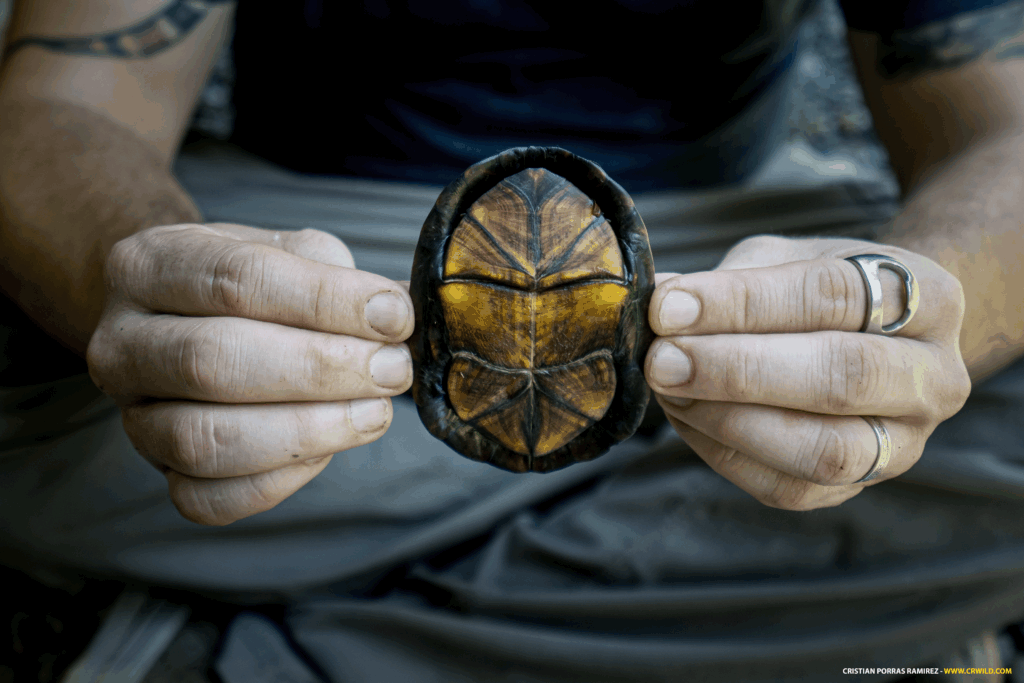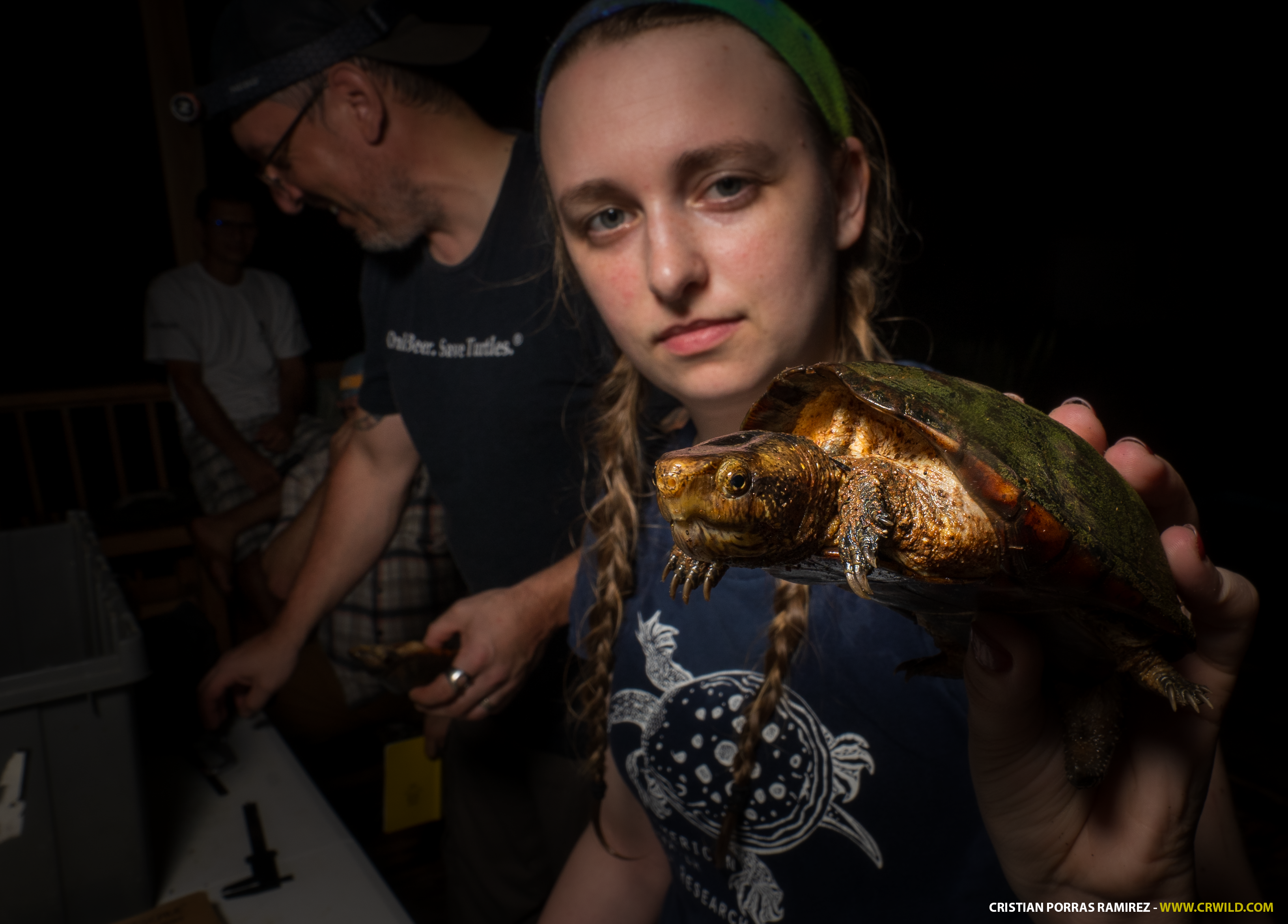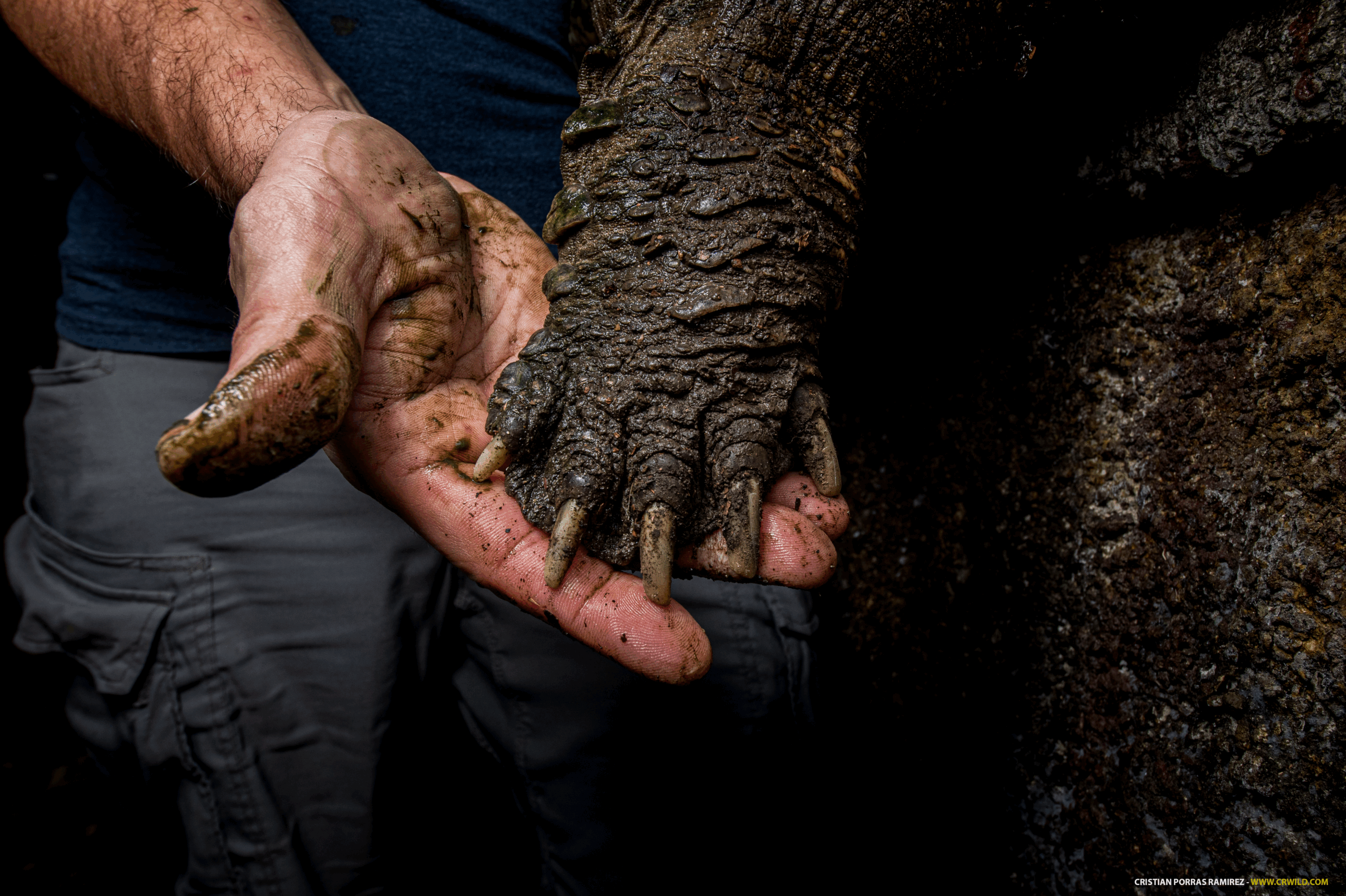By Natalia Gallego-García, Director of Conservation Genetics, Turtle Survival Alliance; Jordan Gray, External Relations Manager, Turtle Survival Alliance; Andrew Walde, Senior Director of Field Conservation and Science, Turtle Survival Alliance; and Eric Munscher, SWCA Environmental Consultant
Guttural whoops from howler monkeys echo through the trees. Three-toed sloths tuck themselves obscurely into the forest canopy. Songbirds sing in cacophonies that mingle with the sounds of waterfalls. Jaguars stealthily creep along the jungle floor. Olive Ridley Turtles (Lepidochelys olivacea) come ashore to nest during arribadas. These are all common sights and sounds that come to mind when one thinks of Costa Rica. But there are quieter, less prominent—yet equally important—animals too, such as the country’s eight species of freshwater turtles.

The non-marine turtles of Central America—including those in Costa Rica—have been largely overlooked, with few studies conducted on their ecology and population status. Over the past two weeks, a team from the Turtle Survival Alliance (TSA) initiated a multi-year study focused on the freshwater turtles of this small but globally recognized ecotourism destination.
This first expedition to unveil the mysteries of Costa Rica’s freshwater turtles focused on the Pacific Southwest region. Joining the team were Andrew Walde and Natalia Gallego-García from TSA; Eric Munscher and Arron Tuggle from SWCA Environmental Consultants–Houston; Jonathan Bolton from Brown and Gay Associates; Madeleine Morrison from the New England Aquarium; and our local hosts, César Barrio-Amorós and Christian Porras Ramirez from CRWild.

The goal of the trip was to identify locations to trap turtles and collect genetic samples, helping to better understand the speciation of freshwater turtles in Costa Rica. This work is part of a larger effort to study freshwater turtles across Central America. Many of the species found in Costa Rica are in need of further investigation. To that end, our objectives are to corroborate their distribution, assess abundance and threats, clarify taxonomic uncertainties, and deepen our understanding of their biology.
This first trip was a success, resulting in the capture of 101 turtles representing all four of the species that inhabit the Pacific Southwest region: the South American Snapping Turtle (Chelydra acutirostris), White-throated Mud Turtle (Kinosternon albogulare), White-lipped Mud Turtle (Kinosternon leucostomum), and Panamanian Slider (Trachemys grayi panamensis).

In Costa Rica, there’s a saying: Pura Vida—or “Pure Life.” We think there’s no better way to describe conservation. Future phases of the study will expand to other regions of Costa Rica, including the Caribbean lowlands and central highlands, to compare population structure and diversity across habitats.
“Over the past three years, the TSA has been outlining research priorities in Central America and applying for permits. With projects now underway in southern Mexico, Guatemala, Belize, and El Salvador, it was time to tackle Costa Rica. Costa Rica is unique in that it has biological influences from both the north (North America) and the south (South America), combined with multiple distinct habitat types. This first trip was exploratory in nature, and we had a great team ready to meet the field challenges—expertly assisted by our local hosts at CRWild.” –Andrew Walde, Senior Director of Conservation & Science
Stay tuned for more updates from the field. We extend our heartfelt thanks to the team for their dedication, and to our supporters for making this important research possible.
The Turtle Survival Alliance is especially grateful to SWCA Environmental Consultants and an anonymous donor for their continued support—both through financial contributions and by enabling their employees to lend their expertise to this critical work. We also extend our sincere thanks to our local hosts, CRWild, for managing logistics, securing site access, and serving as outstanding field partners!
Header image: South American Snapping Turtle (Chelydra acutirostris). All Photos by Cristian Porras Ramirez.
